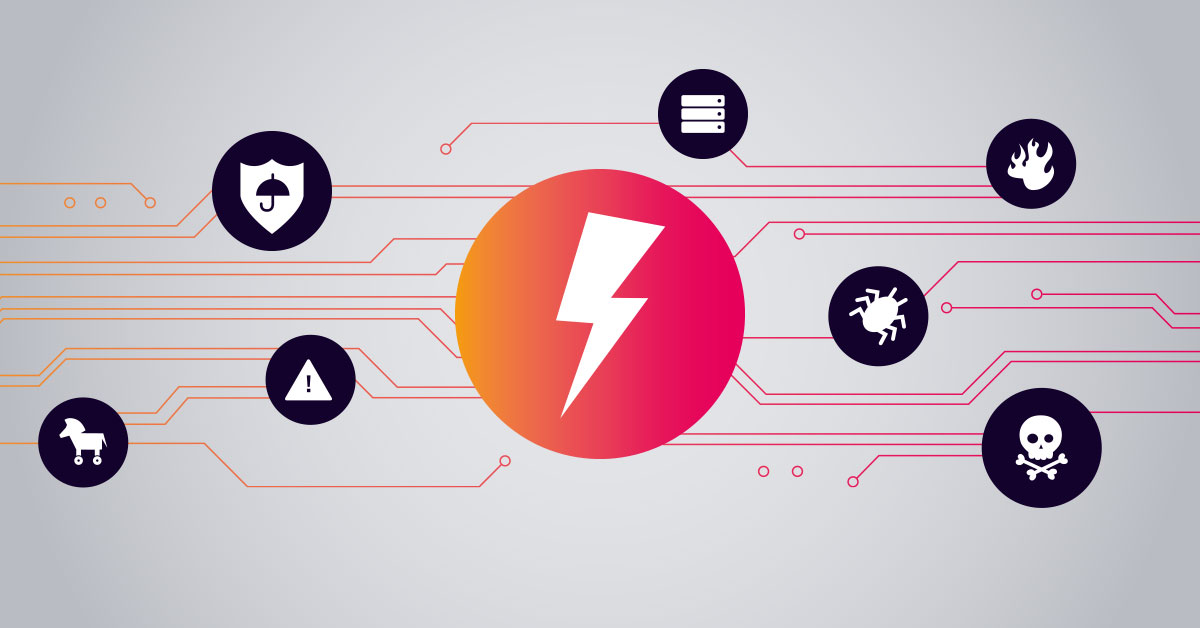Our lives are full of risks. Can I go outside and expose myself to all the lurking dangers? Will I miss the opportunity of a lifetime if I'm staying home? This blog should help to minimize or maximize the risks in IT. Maximize? Yes, risks include both threats and opportunities.
So what does risk management mean for IT?
To keep the balance between low and high risk is a daily challenge for all industries and company sizes. Whether something turns into a success story or a failure, the higher the risk, the more likely one of these cases is to occur. Taking no risk can mean a loss of profit or a lot of effort spent simply to avoid taking chances. In IT, risk management is often seen as an equivalent to fixing one single problem. There tends to be a focus on two subsets of risk – malware and data recovery. The danger that other problems are neglected and resources could be used more efficiently are common side effects.
Don't panic! We've got you covered
You can surely analyze scenarios until you drop, but having a certain structure gives a clearer overview. So let's take one step back.
First, focus on what you want to achieve. After this clarification, the actual step into the risk management process occurs. What can or might affect the goal?
To find out which impact has priority, we created a three-step plan you can find in our free white paper.
In the end, don't become a "victim of uncertainty." If you are already prepared for certain key risks, start to minimize the threats and exploit the opportunities.
A possible containment for IT risks
Strong network monitoring tools such as PRTG Network Monitor can provide early prevention to certain issues: from technology, legal and personnel to natural and man-made risks. PRTG is an easy-to-use monitoring solution that helps organizations keep an eye on critical IT resources. Detecting system failures or performance issues immediately minimizes downtime and its economic impact. Through many built-in mechanisms for notifications, it provides early warning of unusual, suspicious activity on the network.
You can't avoid being exposed to certain kinds of risks. There is no perfect scenario in life or for organizations. Keep in mind, risk management does not mean the perfect solution! Minimizing your exposure down to a cost-effective and tolerable level is what makes risk management successful.
 Published by
Published by 





.jpg)






